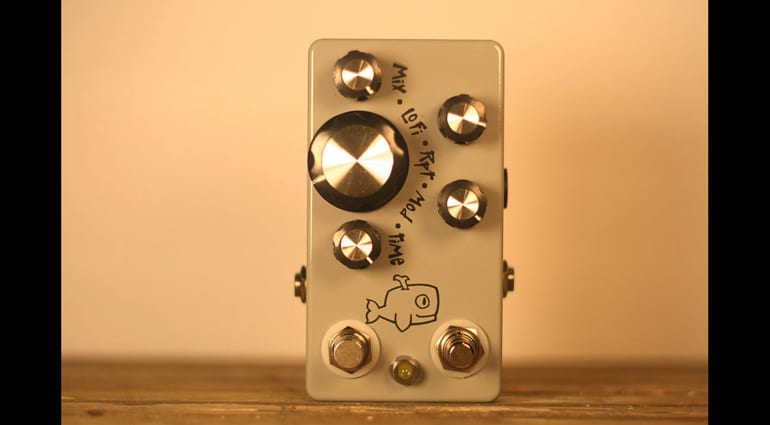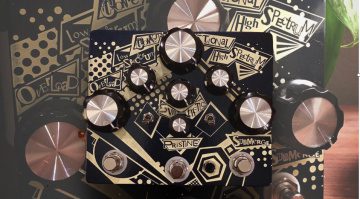Summer NAMM 2018: Hungry Robot Moby Dick V2 upgrades an impressive delay pedal
Time to dig out your whaling gear and go hunt this new delay
Summer NAMM is one of the year’s best platforms to launch new products, but also to release updated versions of existing ones. Hungry Robot has just announced its Moby Dick V2 delay pedal, and it sounds like the V2 adds some tasty new treats.
Hungry Robot Moby Dick V2
I’m a big fan of Hungry Robot pedals, and I own the original version of the Moby Dick pedal and also ‘The Wash‘. So I was pleased to see this new Moby Dick V2 delay pedal being launched at Summer NAMM. Because I enjoy using lo-fi delay pedals, I made the decision to use Hungry Robot’s original Moby Dick pedal. It is still a firm favourite of mine after owning it for a few years.
The new Moby Dick V2 pedal is a lot smaller than the original, which is nice. You have more room on your pedal board, which is always a good thing for a pedal junkie like me. With control knobs for Mix, Repeat, Lo-Fi, Modulation and Time, plus a tap-tempo switch, there’s plenty of control here. It should be very tweakable, which is always a good thing with delays.
Lo-Fi Plus
So, what’s new in V2? Hungry Robot has added a new Lo-Fi knob, which allows you to dial in even more additional tape saturation than on the original version. The designers have also added a far more prominent modulation/chorusing effect than the original version. The main delay sound is built around the T2399 delay chip, which Hungry Robot says gives the Moby Dick V2 it’s organic characteristics. Approximately 1000ms of delay time are on tap. The Moby Dick V2 is true-bypass and runs from an external 9-volt centre negative power supply only.
My only problem now is that I want one. Damn you, Hungry Robot, and your addictive effects pedals!
RRP – USD 197.10
More Information
Video
https://www.youtube.com/watch?v=hWlizreY3g8
You are currently viewing a placeholder content from YouTube. To access the actual content, click the button below. Please note that doing so will share data with third-party providers.







